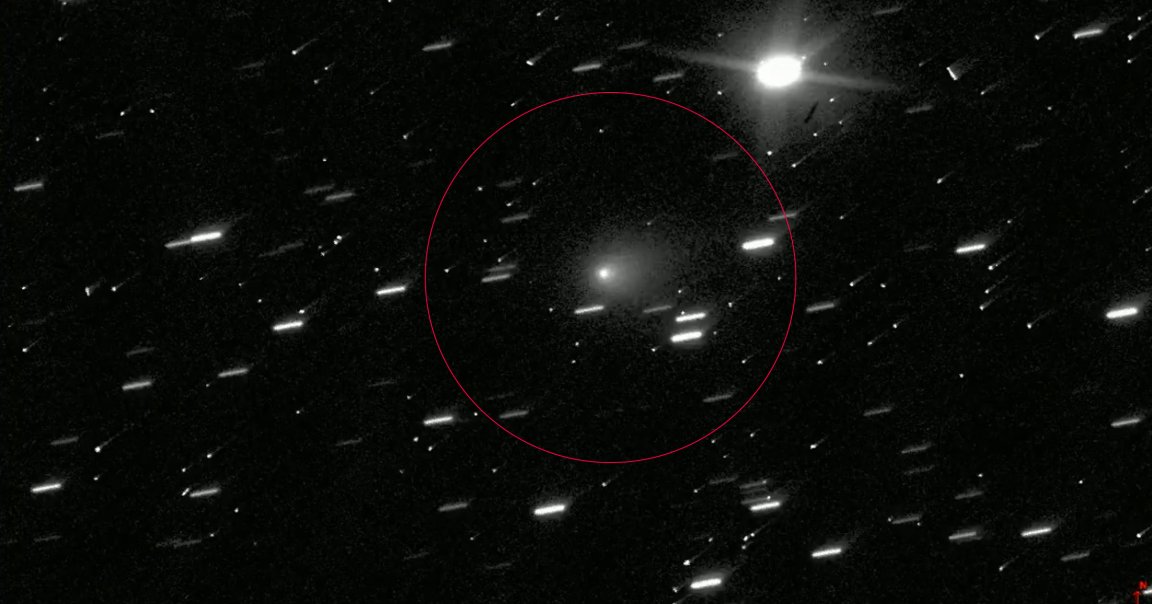
The Hubble Space Telescope has snapped some spooky looking photos of our solar system’s newest interstellar invader on the run.
The object, dubbed 3I/ATLAS, was first spotted careening through the outer limits of the Sun’s domain earlier this month, and appears to be a comet. Upon closer inspection, its speed was found to be so incredible that there could be no doubt of its extrasolar origins, making it only the third detected interstellar object in history.
Tantalizingly, it’s hurtling straight towards our system’s center, giving astronomers ample time to study this cosmic interloper which may have come from the center of our galaxy — and thus, may be older than our entire solar system.
And the Hubble just gave us a glimpse of what it looks like.
An amateur astronomer who goes by the handle astrafoxen on Bluesky edited the images together and uploaded them as two short little timelapses, giving us an idea of its blazing speed. Relative to the Sun, 3I/ATLAS clocked in at about 137,000 miles per hour when it was first spotted, and it’s only getting faster. The images within each set, it’s worth noting, were taken just minutes apart on Monday.
“Plenty of cosmic rays peppering the images, but the comet’s coma looks very nice and puffy,” astrafoxen wrote.
Before 3I/ATLAS, the only known interstellar objects were ‘Oumuamua, which was spotted in 2017 and famed for its cigar shape, and two years later Borisov, a comet that broke apart into massive chunks. Both have since veered back out into interstellar space.
Much of 3I/ATLAS’s fascinating nature remains uncertain, including how large it is. Being a suspected comet, it’s surrounded by a luminous halo of gas and dust called a coma, which shrouds the solid object at its center. The coma can form a tail hundreds of thousands of miles long.
Based on its speed and trajectory, though, 3I/ATLAS appears to have come from the galactic center, perhaps forming around another star before being booted out by a passing one. Some astronomers have speculated that ATLAS could be between three to 11 billion years old; it would need such a staggering timescale, they argue, to build up to the tremendous speed it’s now exhibiting.
The good news is that we caught sight of the comet pretty early on in its visit — ‘Oumuamua practically had one foot out the door when it was detected — and it’s still traveling towards the solar system’s center. It’s anticipated to reach perihelion, its closest approach to the Sun, around October 30, at a distance of about 130 million miles. That buys us plenty of time to get a closer look at this thing and answer our most burning questions, including where in the Milky Way did it form — and, more luridly, whether it could possibly be an alien spacecraft.
More on space: Scientists Say That Uranus Appears to Have a Girlfriend